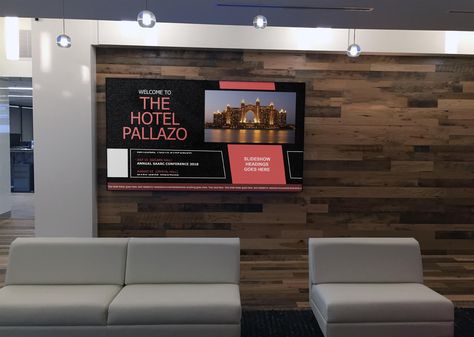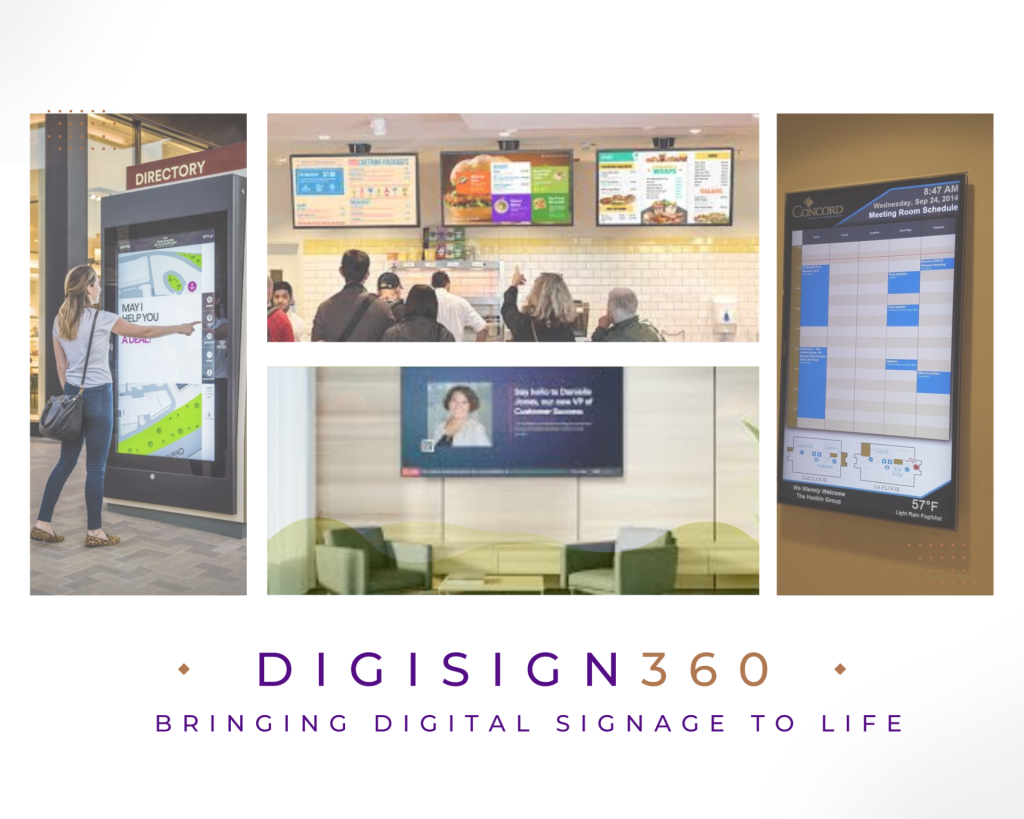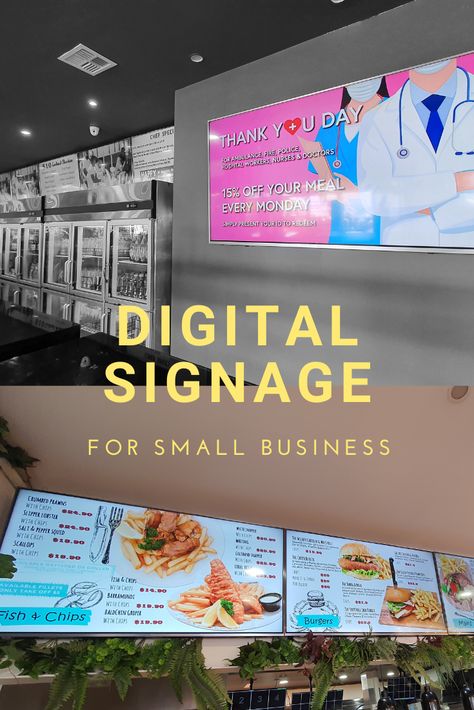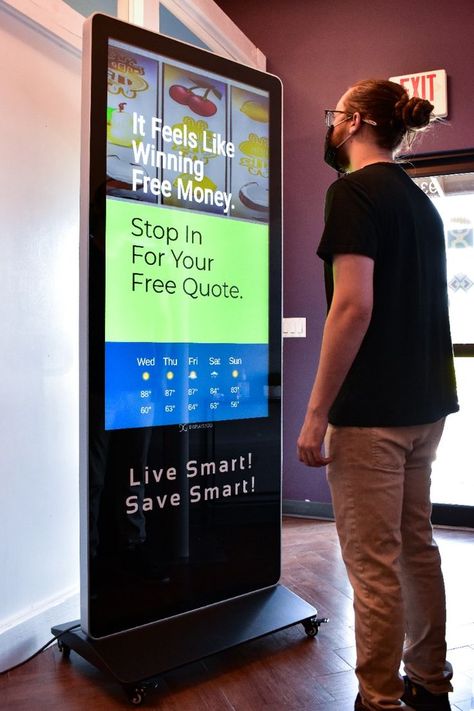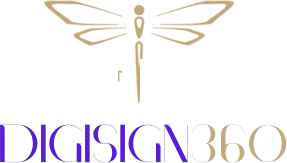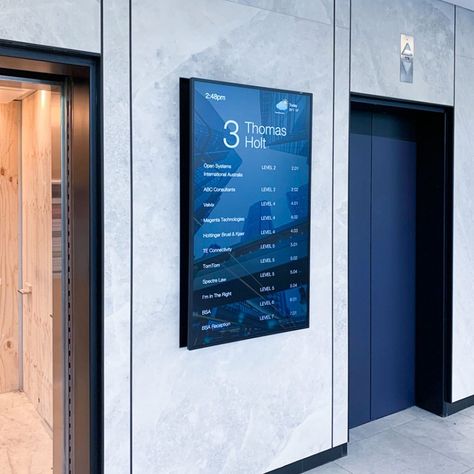Let’s analyze this definition.
Nowadays, displaying content on a screen is pretty straightforward. You can use a PC or laptop connected to a screen. Or you can use the Media Player feature that almost all TVs have, along with a USB flash drive.
But what about hardware reliability? Playback should always restart automatically after a power outage. The media playback hardware should be reliable and not break down as often as a PC or a laptop. All Do-it-Yourself solutions have these kinds of issues. And almost all can handle only full-screen videos and images; no other file types or combined content are supported.
Then there is the question of digital signage content management. With a single screen, a DIY solution might seem fine. But when more than one screen comes into play, keeping everything up to date starts getting tricky. And if we are talking about different locations, DIY solutions just don’t cut it.
A Digital Signage platform has been designed to address all of the above. It allows you to show a large variety of signage content, consistently and with minimal playback interruption. It allows you to manage everything centrally (usually through the Internet), no matter where your screens are located, using content that goes beyond just videos or images.
And if you think Digital Signage is not for your small business that just needs a couple of screens, you are wrong. Costs have dropped significantly and you can now find professional display solutions that you most certainly can afford. At Yodeck, our direct customers have an average of 10 screens for signage each (used to be 6). Eighty percent of them have less than 4 screens.
Digital Signage is not just for the big boys with thousands of displays. Even one signage screen will do just fine and small businesses will greatly benefit from digital signage.
